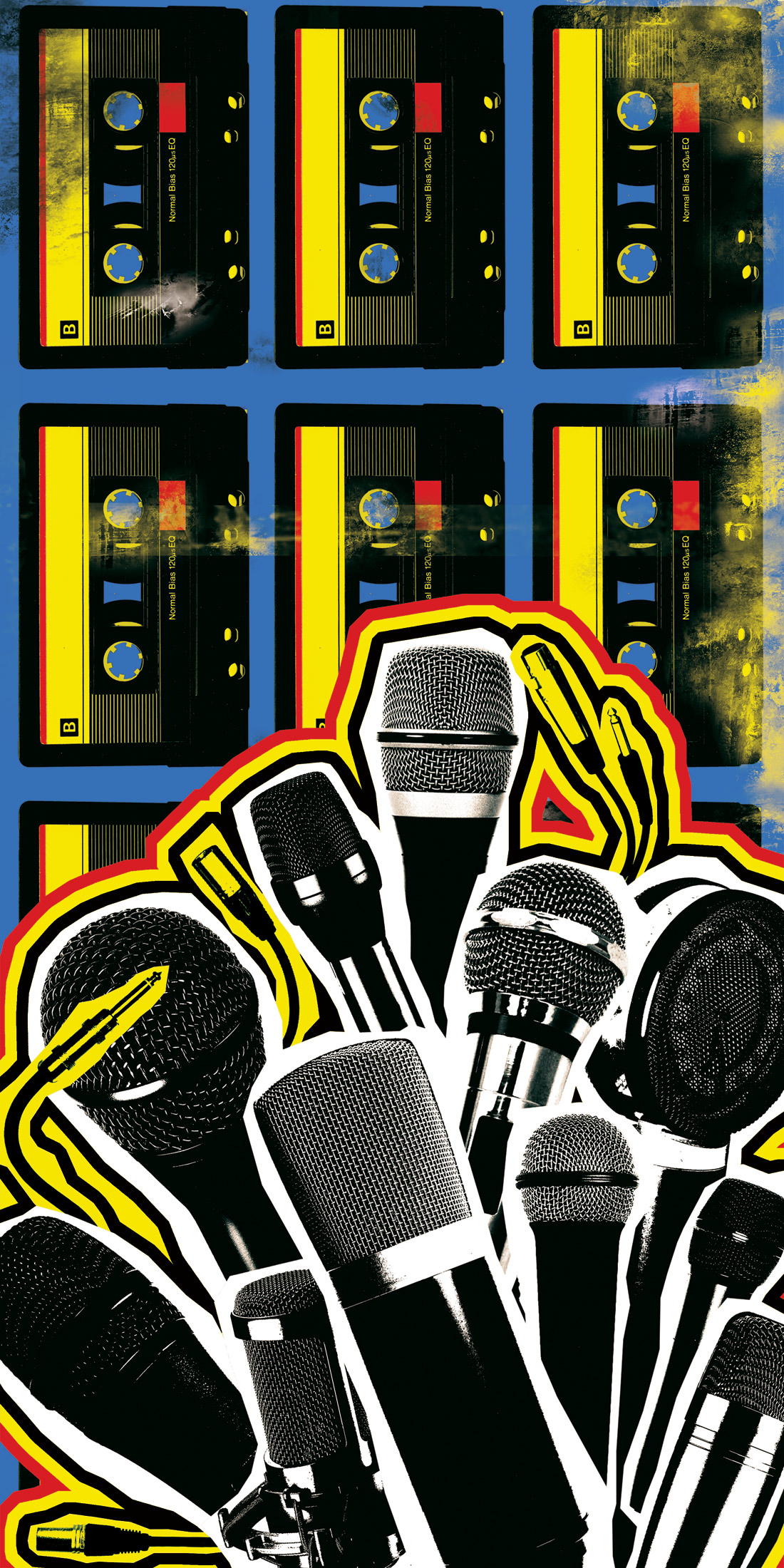My first lesson in audio mastering consisted of reading the documentation included with an early standalone version of T-RackS 24 that I purchased in 1999. The manual read like a "mastering for dummies" quick-start guide-helpful, informative, and most of all, very encouraging for the uninitiated. While still offering a "mastering for the masses" approach with DAW plug-in integration, significant improvements in processor modeling, oversampling, and customization/automation options push T-RackS 3's standalone application towards a more advanced user-base.
The T-RackS 3 Deluxe version features three new vintage processor models: a Fairchild 670, a Pultec EQP-1A, and an Opto compressor ambiguously modeled from the best of vintage analog units. IK integrates their Dynamic Saturation Modeling (DSM) technology with a new process called Sonic Character Cloning (SCC) used to digitally create a model of the Fairchild and Pultec units. The EQP-1A processor performed faithfully to my ears. Though I've never seen or touched a real Fairchild 670, in my opinion, the T-RackS processor model holds its own against other 670 plug-ins I've heard. Of all the new processors, I was most impressed by the Opto compressor's gain reduction stage-very smooth. Other new additions include an Intelligent Brickwall Limiter and a "surgical" Linear Phase Equalizer. Unfortunately, individual processors cannot be loaded as plug-ins. For example, when inserting the EQP-1A processor on a piano track in Pro Tools, my only option is to load the entire T-RackS suite as an RTAS plug-in. The EQ sounds great, but the plug-in suite behaves like a virtual instrument-taxing the CPU while nearly eclipsing the DAW window.
T-RackS includes a healthy set of global "mastering suite" and module-specific presets that offer excellent starting points when setting up your mastering chain. Using the T-RackS standalone application, I loaded a mix by simply dragging it to the interface. Audio files appear inside the T-RackS player/editor window located at the bottom of the GUI. The mix I loaded was somewhere in the acoustic/country-pop/cliche genre. Because I like to start fights when listening to that style of music, I loaded the Super Loud preset suite. Modules in the mastering chain appeared in processor slots at the top of the GUI. A/B'ing and bypassing features were easily controlled individually or globally. Below the processor slots, a large GUI pane is reserved for viewing and manipulation of the individual processor modules. A Global View mode displays the processing modules graphically in the chain for reference purposes. Surprisingly, drag-and-drop reordering of processors in the chain is not supported. Processor parameter adjustments must be made in Module View. As expected, the Brickwall Limiter freaked me out. I dialed my release time out to about 550 ms and selected a "clean" algorithm. A cool compare function levels the volume of the original audio to match the processed chain so you can toggle between the mix and the chain without the distracting volume bumps-a great tweak-enabling tool. With a few quick adjustments to the Opto compressor and the Linear Phase Equalizer, I was ready to print my first pickup-truck commercial master in less than five minutes! All joking aside, I did not expect the Brickwall Limiter to be so versatile; it smashes without squashing-if that makes sense.
Directly below the processing-rack pane is an advanced metering section. A cool geeky-feature award goes to the Perceived Loudness meter. Graphic-heavy GUIs tend to pull me out of reality when I'm working in the same window for more than twelve minutes. Just before printing my master, I checked the Perceived Loudness meter while referencing my working mastering chain against one of my favorite, mastered recordings. This technique really kept my perspective in check. Other tools within this section include a scalable peak meter; customizable Loudness and RMS meters; a scope; and a Stereo Phase meter to complement mid/side adjustment with T-RackS' new processors. A chain comparison feature located below the Spectrum analyzer allows for A/B'ing between four separate mastering chain configurations. Under the meters, a preference panel controls latency, oversampling, output, and clipping options.
Back in the waveform edit window (standalone version only) located at the bottom pane of the GUI, I was able to set loop points for A/B'ing specific audio passes. This was a great help with surgical adjustments when using the Multi-band Limiter or the Linear Phase Equalizer. A snapshot feature allows automation of processing parameters and alternate processing chains. I used this feature with success on an over-compressed instrumental passage.
The dynamic new processors included in the Deluxe version offer a welcome alternative to the classic T-RackS sound. My complaints are few. Improved module chain management would be welcome in future updates. I'm hoping that the great new vintage processors will also be made available as separate plug-ins. Though T-RackS 3's standalone version performed flawlessly with my old G4, when inserted as a DAW plug-in, the suite can be too-much-to-handle for older machines, in my opinion.
After ten years as a T-RackS user, I still believe that the manual is one of the most useful tools in the box (or on the disk). It's not just a well-written crash course on audio mastering. For an artist, it can be an empowering lesson for finishing what you've started. If you download the demo, I think they'll let you keep the manual! Highly recommended. (Deluxe $499.99 MSRP, Deluxe Crossgrade $299.99, Standard $229.99; www.ikmultimedia.com)
Tape Op is a bi-monthly magazine devoted to the art of record making.




_disp_horizontal_bw.jpg)